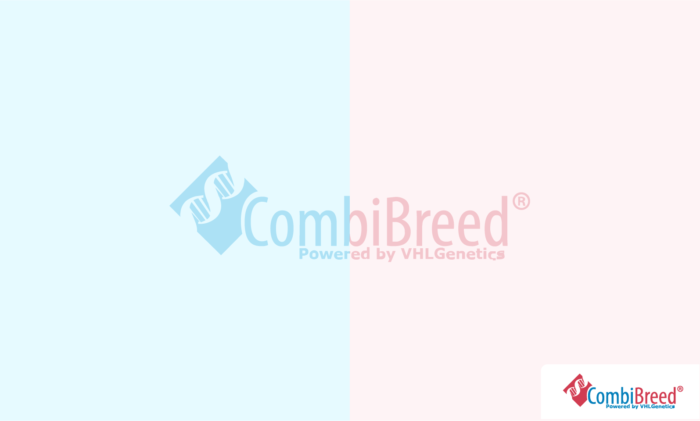
€57,48 €47,50 excl. VAT
Congenital cornification disorders affect how the outer layer of the skin forms and sheds.
10 working days
From €5,95 shipping and administration per order (incl. VAT)
Specifications
| Breeds | |
|---|---|
| Gene | |
| Chromosome | X |
| Organ | |
| Specimen | Swab, Blood EDTA, Blood Heparin, Semen, Tissue |
| Mode of Inheritance | X-Linked Incomplete Dominant |
General information
Congenital cornification disorders affect how the outer layer of the skin forms and sheds. In the Labrador Retriever there is a gross deletion known to be associated with a congenital cornification disorder resembling Inflammatory Linear Verrucous Epidermal Nevus (ILVEN) also known as CHILD-like syndrome. This homozygous lethal X-linked incomplete dominant mutation affects the NAD(P) dependent steroid dehydrogenase-like gene (NSDHL). This gene encodes an enzyme that plays a critical role in cholesterol biosynthesis, which is essential for normal cell membrane structure, signalling, and skin barrier function.
Other variants have been observed in the Chihuahua.
Clinical features
Affected puppies present soon after birth with long, line-shaped skin lesions, primarily on the head, limbs and back. The lesions lose hair, develop thick brown scales and are prone to bacterial and yeast infections, which can cause severe itching and an offensive odour. Lesions can also develop on the paw pads, resulting in horn-like growths and making it painful to stand and walk.
These symptoms occur in female carriers; male carriers of the mutation are stillborn or die soon after birth.
Additional information
References
Pubmed ID: 28739597
Year published: 2017
Omia ID: 2117
Omia variant ID: